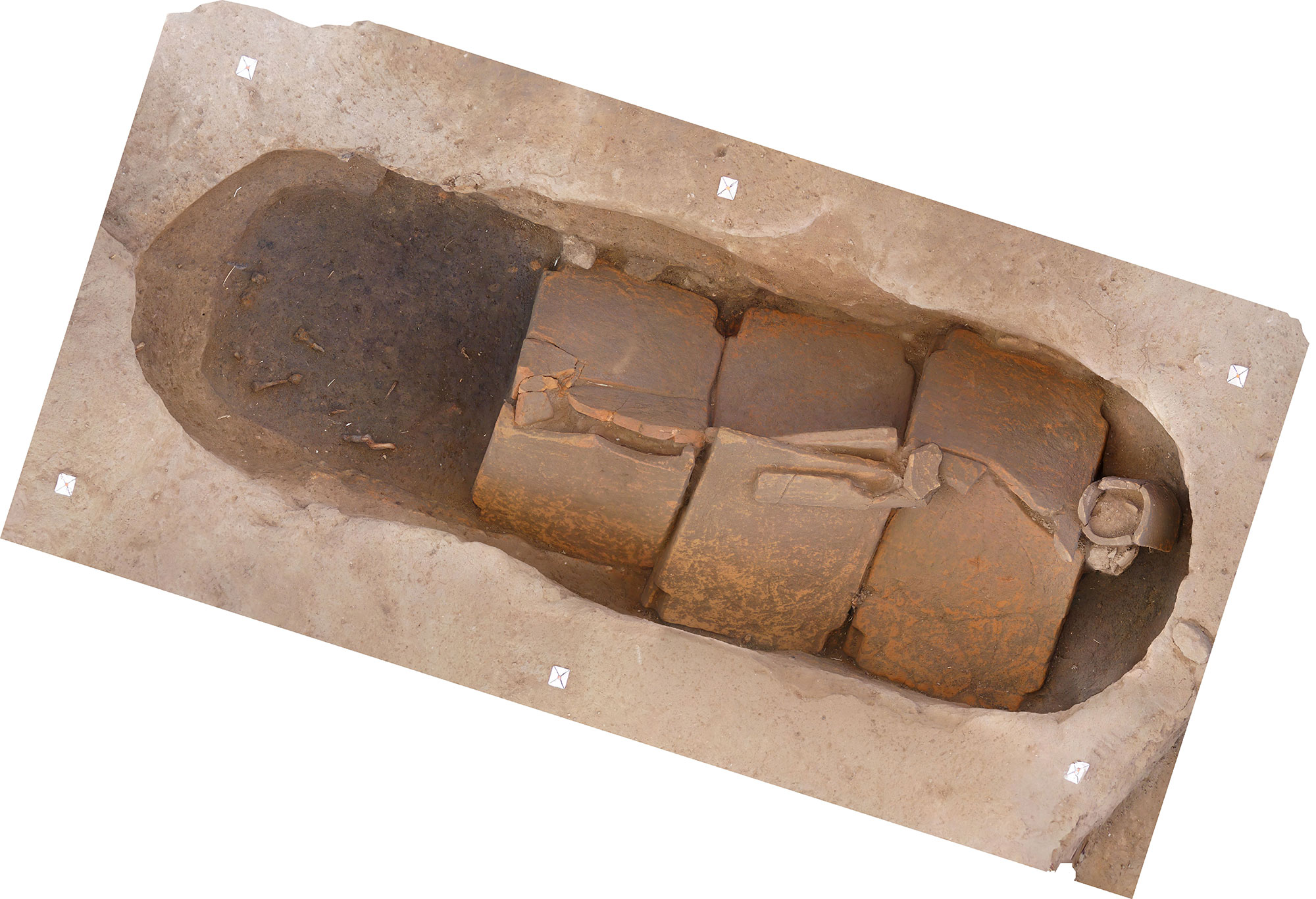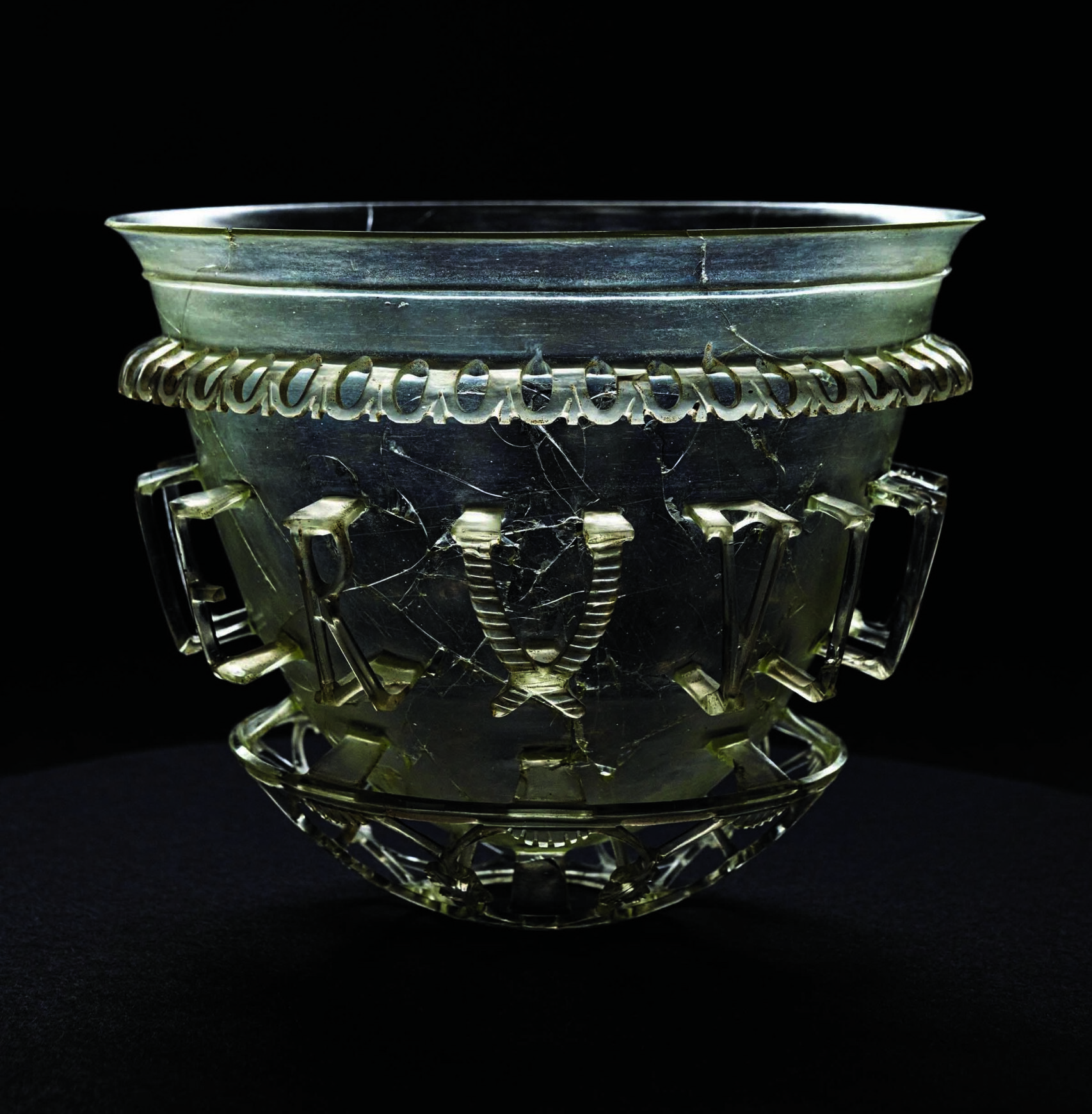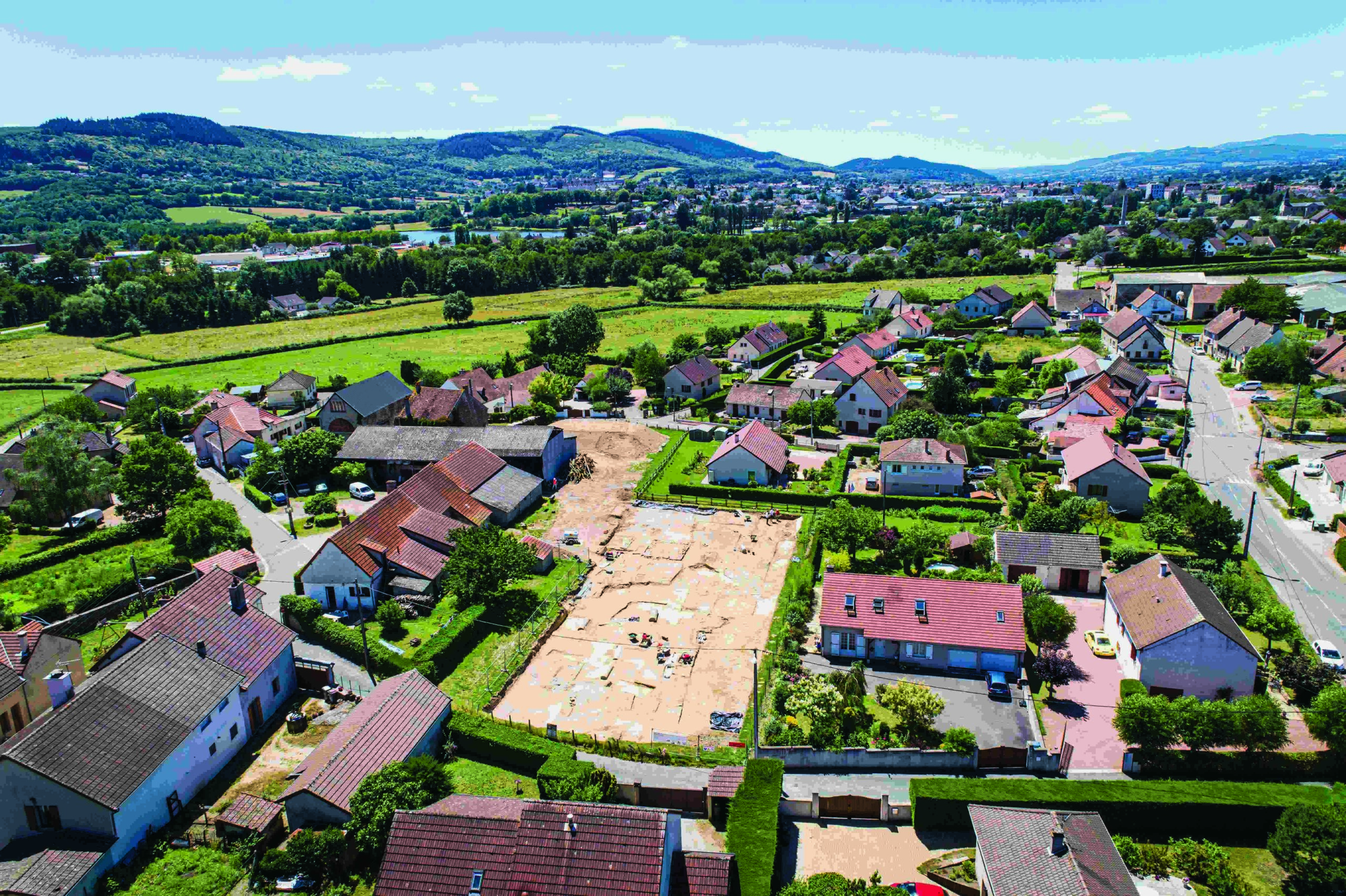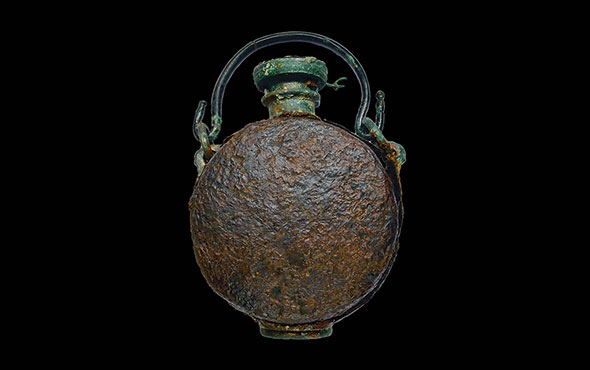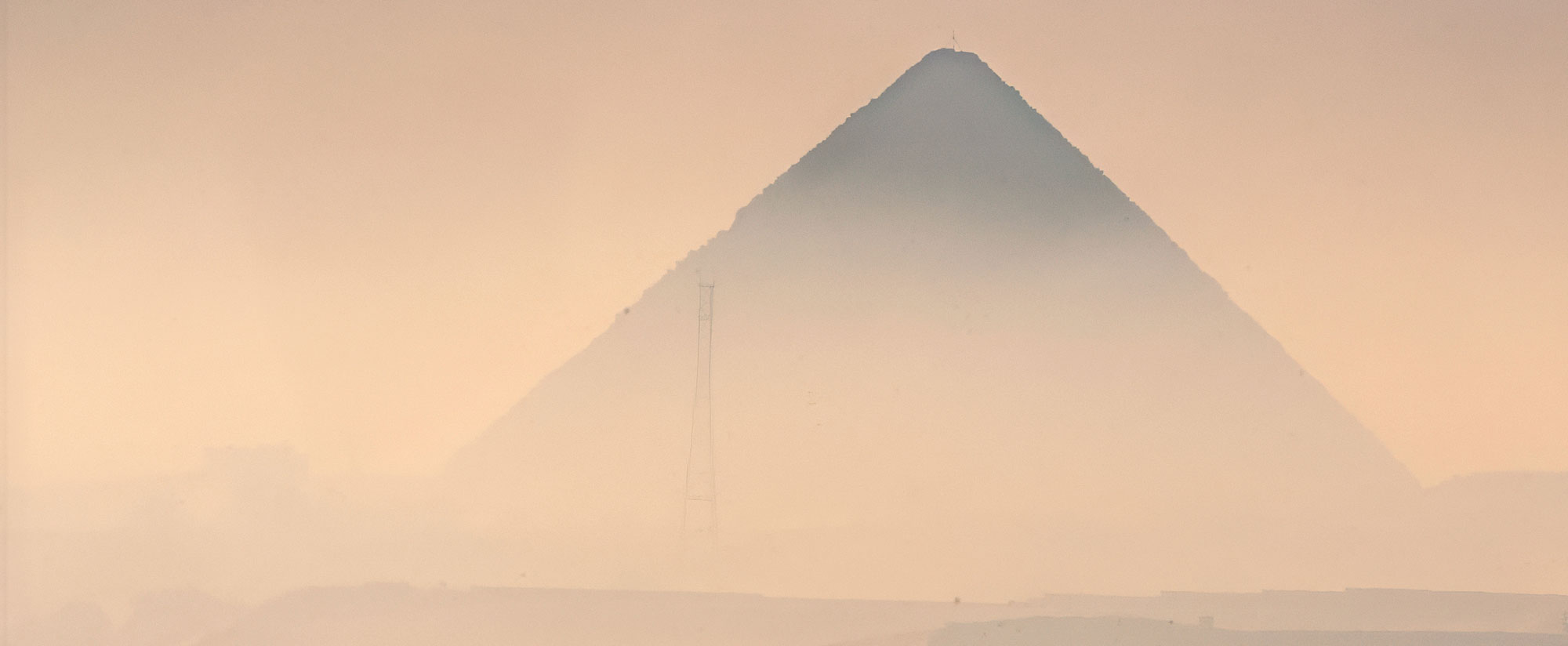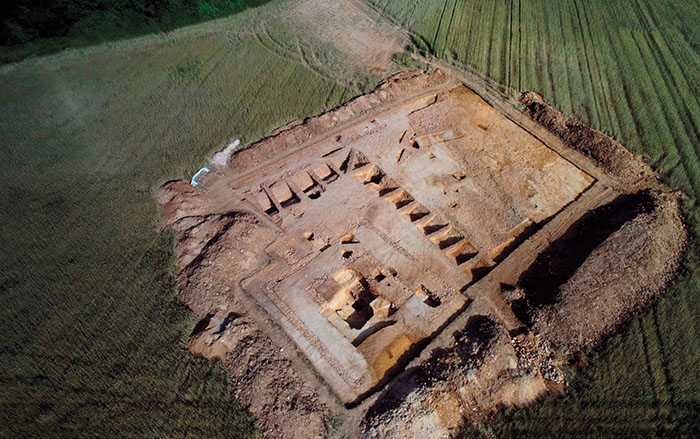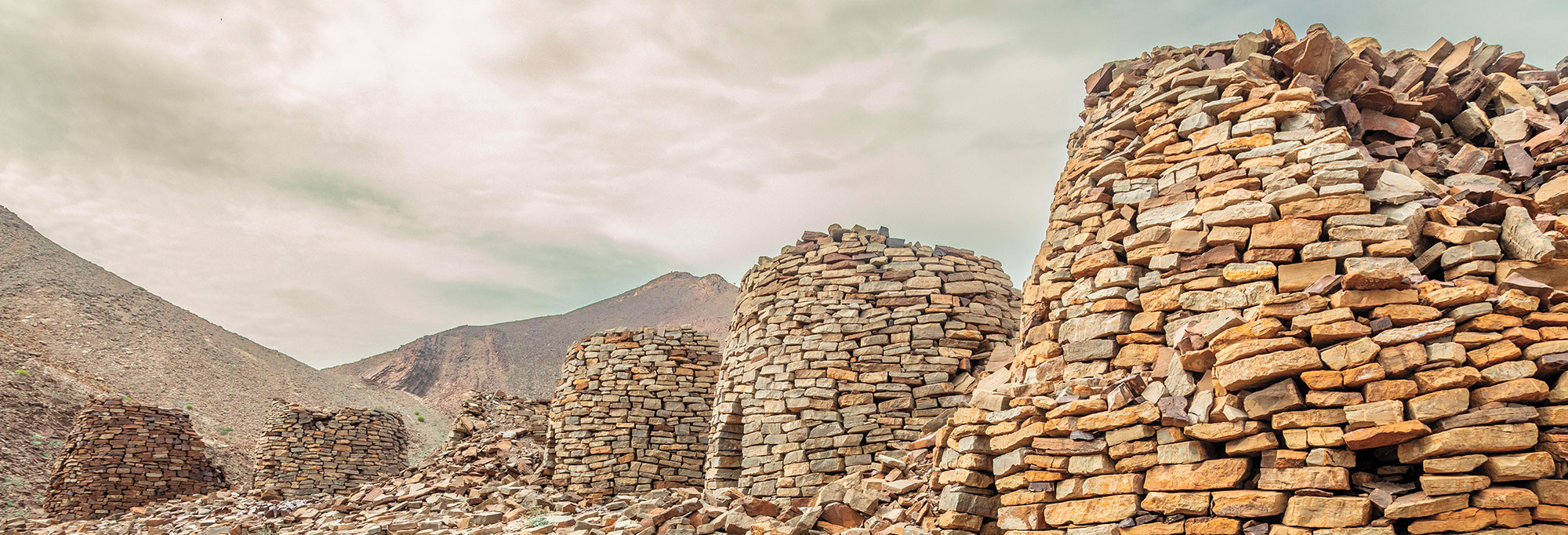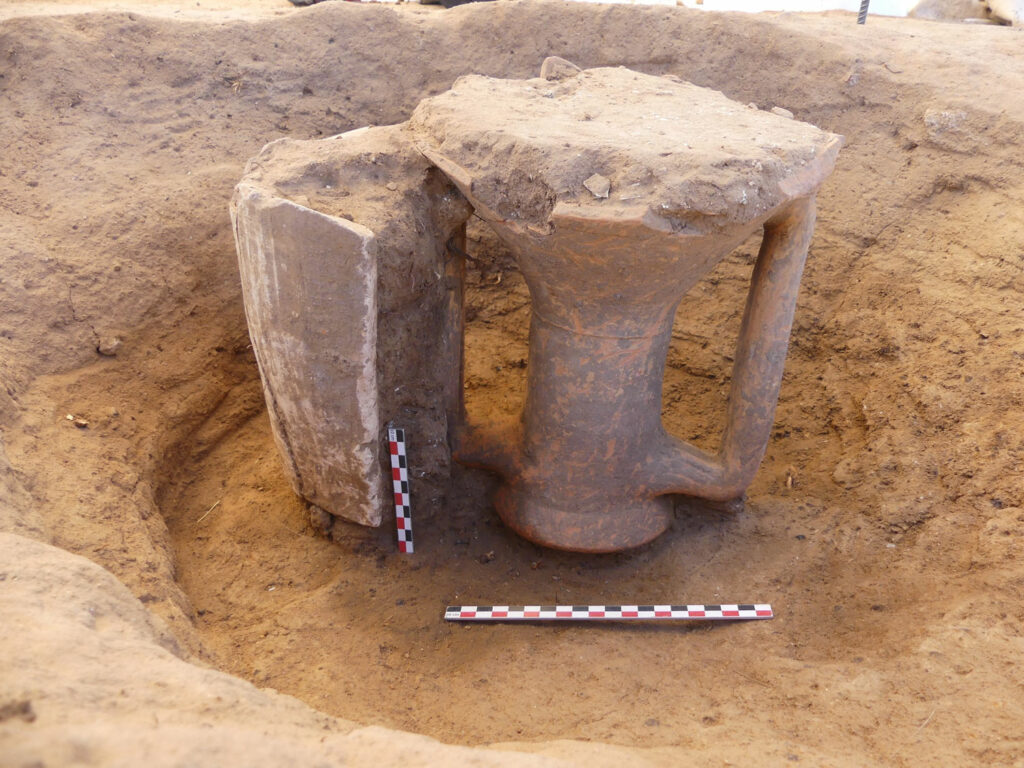
PARIS, FRANCE—According to a Live Science report, researchers from the French National Institute of Preventive Archaeological Research discovered more than 160 cremation burials in southern France's ancient city of Olbia. The burials have been dated to the city’s Roman period, from the first through third centuries A.D. The study indicates that for most of the burials, the bodies were placed on a wooden stand constructed over a square pit. As the pyre burned, the stand collapsed. Glass objects in the fire melted, bronze objects warped, and soot covered the ceramics. Some of these pits were then covered with roof tiles and filled in with dirt. Others, however, were partially or completely emptied, and the bones placed in small piles or in a container for burial. Pieces of amphoras were then used to build libation channels at most of the graves. Liquids such as wine, beer, and mead could then be poured into these channels to honor the dead on Roman feast days. For more on Roman France, go to "Gaul's University Town."


